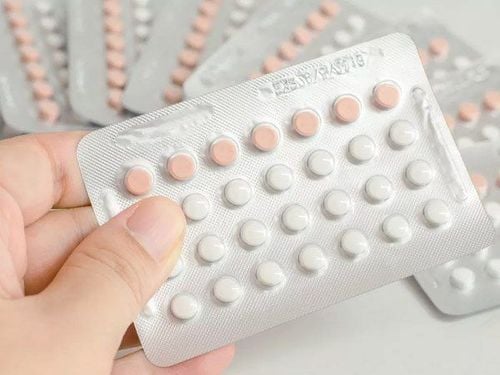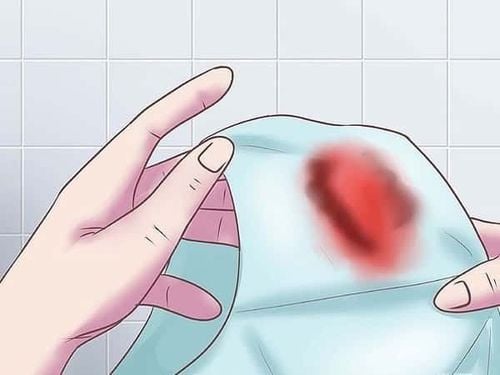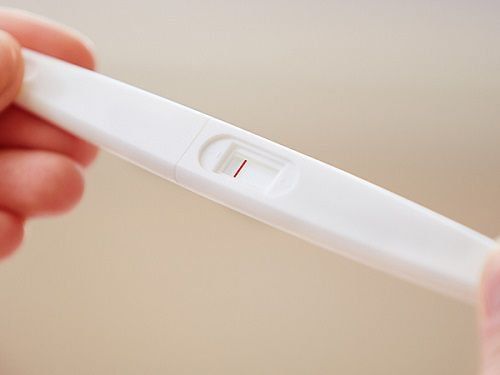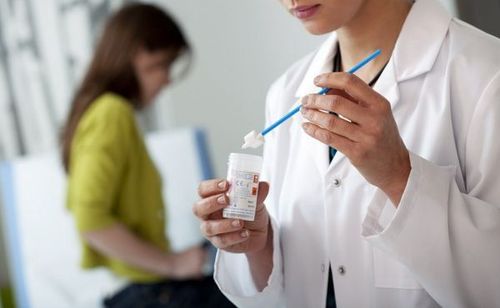This is an automatically translated article.
Vaginal atrophy is a condition in which the vaginal wall is thinner than it originally was. The main cause of vaginal atrophy is a decrease in estrogen which causes the vaginal tissues to dry leading to less elasticity. Vaginal atrophy after menopause will make sex life decline, negatively impacting women's health.1. What is Vaginal Atrophy?
Menopause is a stage that all women have to go through, menopause usually occurs from 45 to 55 years old, at this stage, the ovaries will no longer be able to release eggs, so a woman will no longer have a menstrual cycle. moon . When a woman has not had a menstrual cycle for 12 months or more, she is considered menopausal.Postmenopausal vaginal atrophy is a condition in which the vaginal wall becomes dry, inflamed, and thin. The main cause of vaginal atrophy in menopausal women is due to a decrease in the production of Estrogen (estrogen is an important hormone in maintaining a woman's beauty). When estrogen is reduced, the vaginal tissues are thinner, drier and less elastic, leading to atrophy of the uterine lining as well as the vagina.
Women with vaginal atrophy will have a higher risk of gynecological diseases, some diseases often associated with vaginal atrophy such as chronic vaginitis, urinary dysfunction. According to research, about 40% of postmenopausal women will experience vaginal atrophy. Although vaginal atrophy is very common, not all postmenopausal women experience vaginal atrophy. Therefore, having sex regularly will help maintain healthy vaginal tissues. In addition, women who are breast-feeding, have surgery to remove the ovaries during menopause or after radiation therapy for pelvic cancer, breast cancer treatment can also cause vaginal atrophy.
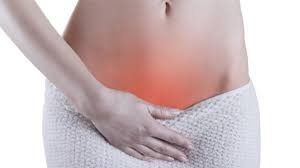
Teo âm đạo sau mãn kinh là tình trạng thành âm đạo khô, viêm và mỏng đi
2. Recognizing vaginal atrophy after menopause
Vaginal atrophy in menopausal women often makes them shy so they don't go to the doctor. Some women may experience symptoms of vaginal atrophy during perimenopause. However, some women may not have symptoms until years after menopause. Symptoms and signs of vaginal atrophy are as follows:The vaginal wall becomes thinner, the vaginal canal also shortens and tightens than before. Vaginal burning due to inflammation Pain, bleeding after sex due to vaginal dryness Pain, burning when urinating and urinary frequency Frequent occurrence of urinary tract infections In addition to the above signs During the exam, your doctor will probably order a Pap test, which collects a sample of cervical cells for microscopic examination, or takes a sample from vaginal secretions to check for acidity. Urinalysis is also indicated if urinary system symptoms are involved.
3. Complications of vaginal atrophy in postmenopausal women
Some of the complications that postmenopausal vaginal atrophy can appear to reduce a woman's daily life are:High risk of vaginitis, because vaginal atrophy leads to a change in the environment. vaginal acidity, making it easier for bacteria, yeast, and other organisms to enter. Postmenopausal women with vaginal atrophy may experience burning when urinating Some women with vaginal atrophy may develop uncontrollable urinary tract infections. Some postmenopausal women with vaginal atrophy can experience severe stress, which is caused by a lack of estrogen and urinary problems.

Phụ nữ mãn kinh bị teo âm đạo có thể bị nóng rát khi đi tiểu
4. Treatment of vaginal atrophy in menopausal women
Currently, there is a safe and effective treatment for vaginal atrophy, but because women are afraid to share with doctors about their medical condition, they are rarely treated, causing negative effects. health and daily life.Treatment of vaginal atrophy in menopausal women will often focus on relieving symptoms or addressing the underlying cause. Specifically, use moisturizing medications, lubricating solutions to help treat vaginal dryness. If symptoms are severe, it may be necessary to replace the hormone estrogen to improve elasticity and moisten the vagina naturally. Therapy can be taken by mouth or in cream form as follows:
Estrogen topical: This method will limit the amount of estrogen entering the bloodstream. Topical estrogen does not increase the risk of endometrial cancer, but if you are using topical estrogen and you experience unusual vaginal bleeding, contact your doctor. Some forms of topical estrogen, such as vaginal rings, vaginal creams, and vaginal suppositories, contain estrogen. Oral estrogen: Oral estrogen is often indicated for the treatment of hot flashes and vaginal dryness. However, long-term use of high doses of oral estrogen may increase the risk of cancer. Therefore, this method needs to be discussed with a specific doctor for appropriate indications. Besides using the above drugs, changing the diet and lifestyle can significantly reduce the symptoms of vaginal atrophy in postmenopausal women. These methods are as follows:
It is recommended to wear cotton underwear that fits the body to relieve symptoms. Cotton underwear will help open the vagina, thereby limiting the growth of bacteria. Vaginal atrophy in menopausal women can cause pain during sex. However, not so that abstinence, instead should keep a healthy sex life to increase blood flow to the vagina, stimulate increased vaginal moisture. Vitamin E oil can be used as a lubricant or vitamin D supplement to increase vaginal moisture. Vitamin D also helps the body absorb calcium better, thereby slowing the process of osteoporosis after menopause in women. Diet, moderate exercise and sports can also help women improve symptoms of atrophy of the uterine lining and vagina during menopause. Spend 30 minutes a day practicing sports such as swimming or jogging.

Chế độ dinh dưỡng, vận động thể thao điều độ cũng có thể giúp phụ nữ cải thiện các triệu chứng teo niêm mạc tử cung
Currently, Vinmec International General Hospital currently has a package of pre-menopausal health examination and counseling. When registering for an examination package, customers will be examined and consulted with a specialist in Gynecology; Perform tests to assess hormonal status such as:
Gynecological examination Gynecological examination, breast examination Transabdominal ultrasound of uterus and ovaries Taking samples for cervical-vaginal cytology Mammogram (2 sides) Measuring osteoporosis Perform tests such as: quantitative FSH (Follicular Stimulating Hormone), quantitative FSH (Follicular Stimulating Hormone), quantitative LH (Luteinizing Hormone), quantitative AMH (Anti-AMH) - Mullerian Hormone), Estradiol quantification, Testosteroned determination, Cholesterol determination, LDL-C (Low density lipoprotein Cholesterol) quantification, HDL-C (High density lipoprotein Cholesterol) quantification, Glucose determination AST (GOT) determination. measure ALT activity (GPT), total urinalysis (By automatic machine),... Customers can check at any time, however, it is best to come to the clinic when there is no vaginal bleeding. The package of pre-menopause health care examination and consultation is not available for customers with estrogen-dependent genital cancer, embolism, hepatobiliary disease.
Please dial HOTLINE for more information or register for an appointment HERE. Download MyVinmec app to make appointments faster and to manage your bookings easily.




